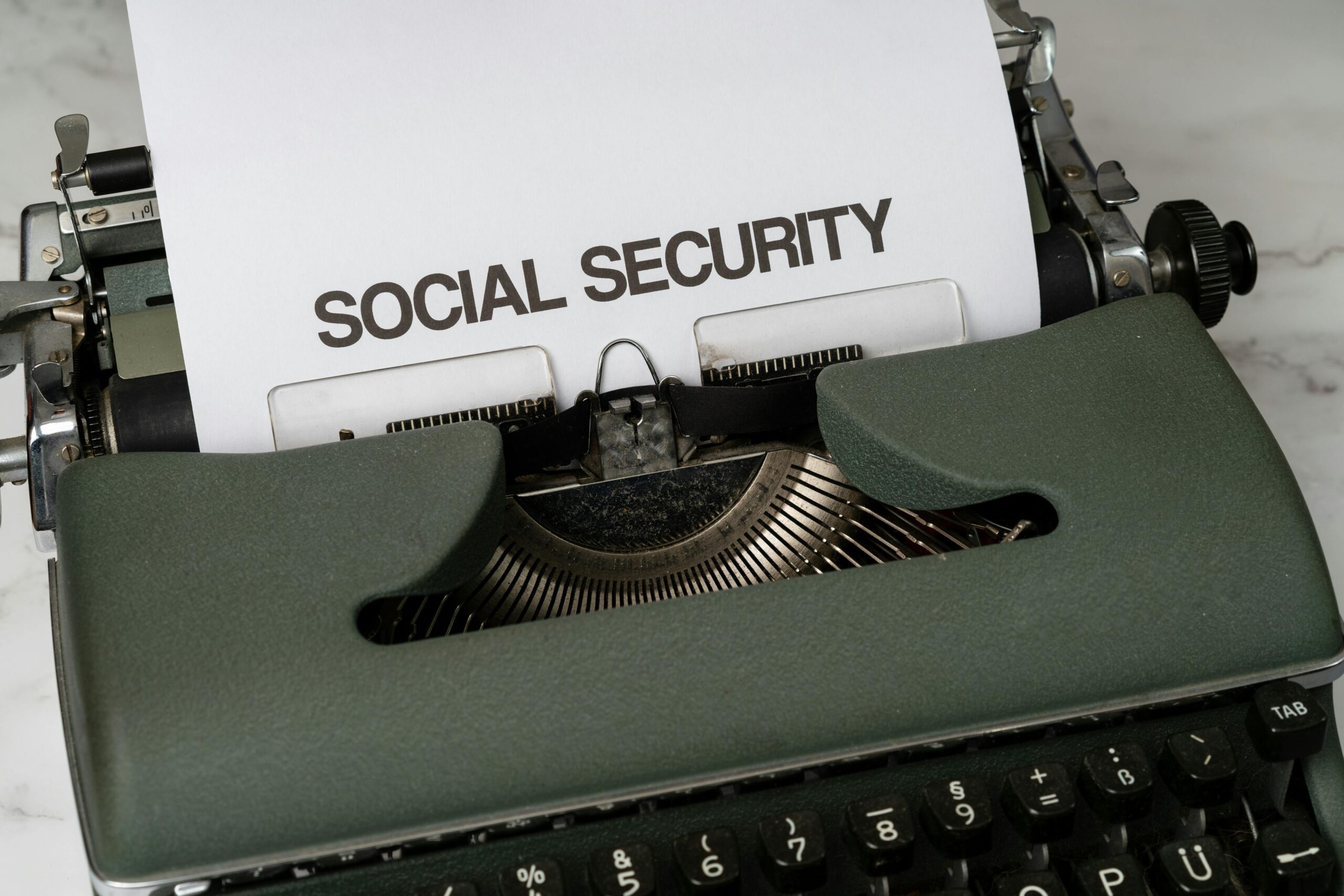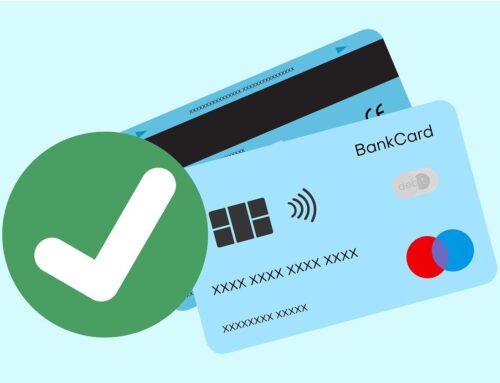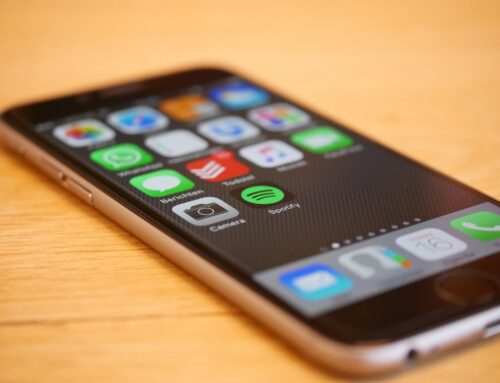
Transferring US Social Security Payments to the Philippines
The Philippines offers a unique mix of affordability, culture, and incredible natural beauty. For US expats, the big question becomes how to access Social Security benefits easily and securely from your new home. This guide walks you through how to transfer your US Social Security to a Philippine bank account and explores other simple transfer options.
Direct Deposit: The Easiest Way to Get Paid
The Social Security Administration (SSA) allows you to set up direct deposit right into your bank account in the Philippines. It’s the simplest and safest way to access your money without waiting for checks or worrying about currency exchanges.
Who Can Use It?
US citizens and legal residents living in the Philippines are eligible.
What You’ll Need
-
Download Form SSA-1199-OP77 (Direct Deposit Sign-Up for the Philippines) from the SSA website.
-
Fill in your details:
-
Philippine bank name and branch
-
Account number
-
SWIFT code or routing number
-
How to Send It
-
Mail the completed form to the address listed on the form.
-
It takes a few weeks to process, so plan ahead.
Why It’s the Best Option
-
It’s convenient. Money goes straight to your account automatically each month.
-
It’s safe. There’s no paper check to lose or steal.
A Few Things to Keep in Mind
-
Currency conversion: Payments arrive in US dollars and your bank converts them to pesos at their exchange rate. Ask your bank about any fees.
-
Account requirements: Some banks require a minimum balance for foreign currency accounts. Check this beforehand.
Other Ways to Move Your Money
If direct deposit isn’t for you, there are other options:
Wire Transfers
-
Fast and secure, but fees are usually high.
-
Best if you need large sums quickly.
Online Money Transfer Services
-
Services like Wise and WorldRemit often offer better exchange rates and lower fees than traditional wire transfers.
-
Compare a few providers to get the best deal.
Mailing Paper Checks (Not Recommended)
-
Avoid this. It’s slow, risky, and you’ll pay extra to convert the check when you cash it in the Philippines.
How to Decide What Works for You
Think about what matters most to you:
-
Speed: If you need money quickly, consider a wire transfer or an online service.
-
Cost: Check fees and exchange rates across services to get the best value.
-
Security: Stick to well-known companies and banks to protect your funds.
In the next section, we’ll cover even more tips and resources to make sure your Social Security payments arrive smoothly in your Philippine account every month.
Navigating Your Options: Wire Transfers, Money Transfer Services, and Mailed Checks
In the last section, we covered the easiest option: direct deposit of your US Social Security benefits into a Philippine bank. Now let’s break down the other choices: wire transfers, money transfer services, and mailed checks. Each has its pros and cons, so understanding the differences will help you pick what works best for your situation.
Wire Transfers: Fast but Expensive
Wire transfers move money electronically from your US bank to your Philippine bank. They are fast and secure, with funds usually arriving within a few business days. But convenience comes at a cost.
What to Expect
-
Higher fees: Both the sending and receiving banks may charge fees, which can add up.
-
Exchange rates: Some banks let you negotiate the rate, but it’s smart to shop around first.
-
Limited tracking: Wire transfers are secure but don’t offer detailed tracking like some online services.
Money Transfer Services: Affordable and Convenient
Online money transfer services have become popular for a reason: they’re fast, affordable, and easy to use. You can send money directly to a Philippine bank or for cash pickup.
Why Expats Like Them
-
Convenient: Send money online or through an app, anytime and anywhere.
-
Transparent: Most services show fees and exchange rates up front so you know exactly what you’ll get.
-
Secure: Well-known providers have strong security measures to protect your information.
Popular Services to Consider
Compare services to find the best fit for your needs. Some of the most used include:
-
Wise
-
WorldRemit
-
Remitly
Each offers different rates, fees, and speeds, so take a few minutes to compare before sending.
Mailed Checks: A Last Resort
Yes, you can still mail a check, but it’s rarely a good idea anymore.
Why You Should Avoid It
-
Slow: Mail can take weeks to arrive.
-
Risky: Checks can get lost or stolen in transit.
-
Costly: Once you cash the check, your bank might charge extra fees and you could get a poor exchange rate.
Which One Is Right for You?
The best option depends on your priorities:
-
Speed: Wire transfers or certain online services are your fastest choices.
-
Cost: Money transfer services often offer the best fees and rates.
-
Security: Stick with well-known, reputable providers no matter which option you choose.
Final Thoughts
There’s no one-size-fits-all answer. By understanding the pros and cons of each method, you can confidently choose the best way to transfer your US Social Security benefits to the Philippines.

















